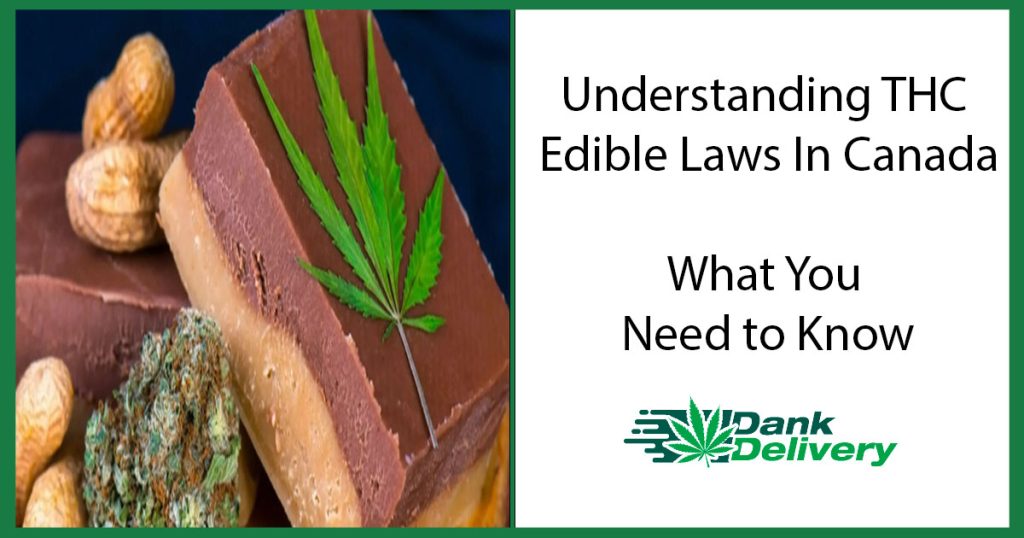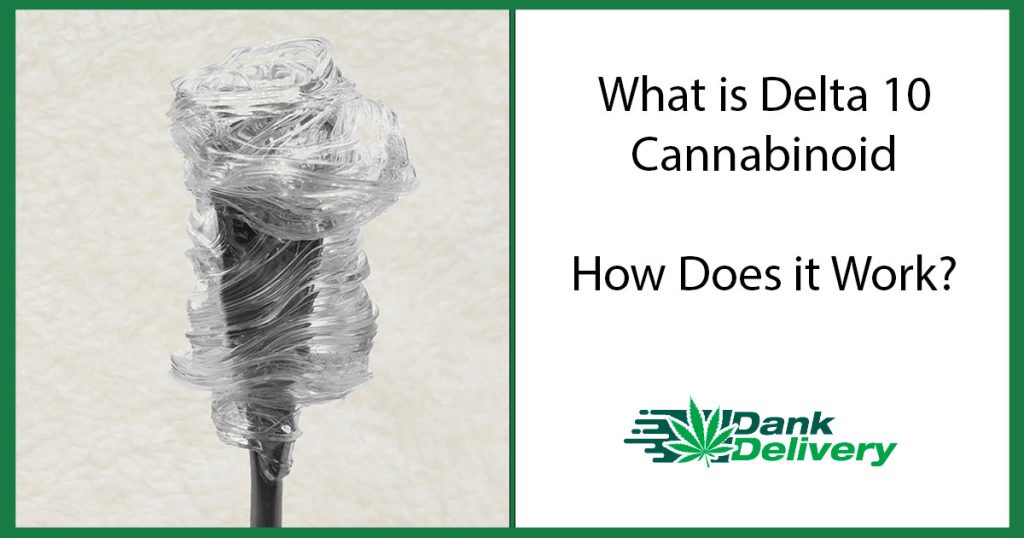- Introduction
- The History of THC Edible Laws in Canada
- Pre-legalization
- Legalization of cannabis in 2018
- Introduction of edibles in 2019
- Federal Regulations on THC Edibles
- THC limits
- Packaging and labeling requirements
- Restrictions on marketing and advertising
- Provincial and Territorial Regulations
- Differences between provinces
- Minimum age for consumption
- Retail and distribution rules
- How to Purchase THC Edibles Legally in Canada
- Buying from licensed retailers
- Ordering online
- Consumption Guidelines and Recommendations
- Start low and go slow
- Safe storage
- Public consumption rules
- Medical Use of THC Edibles
- Potential Penalties for Breaking THC Edible Laws
- Future of THC Edibles in Canada
- Conclusion
- Frequently Asked Questions
Understanding THC Edible Laws In Canada – What You Need to Know
Introduction
Cannabis legalization in Canada has opened up a world of possibilities for cannabis enthusiasts and medical users alike. Among the various forms of cannabis available, THC edibles have gained significant popularity for their discreet and user-friendly nature. But, as a responsible consumer, it’s crucial to understand the laws and regulations surrounding THC edibles in Canada. This article will provide you with an in-depth look at these laws and what you need to know to enjoy your edibles responsibly and legally.
The History of THC Edible Laws in Canada
Pre-legalization
Prior to October 17, 2018, cannabis and THC edibles were illegal in Canada, except for limited medical use. Despite their illegality, edibles were commonly found in black markets and were popular among users seeking a smoke-free alternative.
Legalization of cannabis in 2018
Canada made history by becoming the second country in the world to legalize recreational cannabis on October 17, 2018. However, only dried flower, oils, and capsules were initially permitted for sale.
Introduction of edibles in 2019
The second phase of Canada’s cannabis legalization, known as “Cannabis 2.0,” allowed for the sale of THC edibles starting on October 17, 2019. This led to the introduction of various edible products, such as gummies, chocolates, and beverages, to the market.
Federal Regulations on THC Edibles
THC limits
The federal government has set strict regulations on the potency of THC edibles. Each individual edible product must not contain more than 10 milligrams of THC, while packages can hold a maximum of 1,000 milligrams of THC.
Packaging and labeling requirements
THC edibles must be sold in child-resistant, plain packaging to discourage underage consumption. Labels must include the standard cannabis symbol, a health warning, THC and CBD content, and an ingredient list.
Restrictions on marketing and advertising
Marketing and advertising for THC edibles are heavily regulated to prevent appealing to minors. This means no mascots, characters, or celebrity endorsements, and no claims about health benefits.
Provincial and Territorial Regulations
Differences between provinces
While federal regulations apply to all provinces and territories, each region may have additional rules regarding THC edibles. For example, Quebec has more stringent regulations on product types and THC



